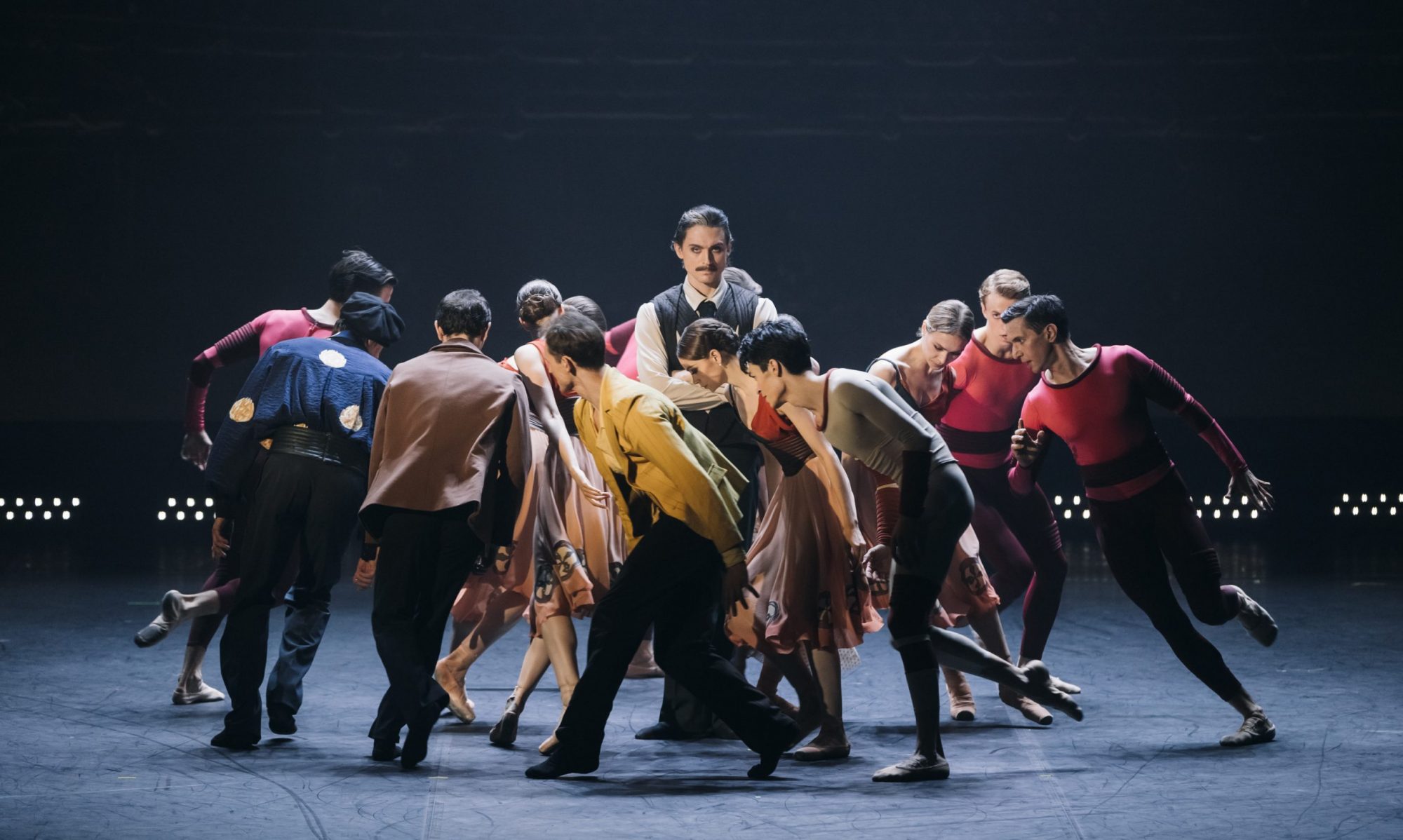“Einmalig”
(“Bliss” / “Falling Angels” / “Solo” / Excerpts from “Romeo and Juliet”, “Die Schöpfung”, and “Mayerling” )
Stuttgart Ballet
Stuttgart State Opera
Stuttgart, Germany
March 04, 2022
by Ilona Landgraf
Copyright © 2022 by Ilona Landgraf
 Although the Stuttgart Ballet’s new all-Johan Inger triple bill was thwarted by a number of COVID-19 infections in the company, artistic director Tamas Detrich did not give in. Rather than canceling the scheduled March 4th performance, he assembled a substitute program literally overnight. From the original schedule, only Inger’s “Bliss” (2016) remained (2002’s “Out of Breath” and the recently premiered “Aurora’s Nap” were eliminated). A courageous dive into the company’s vast repertoire – short pieces by Jiří Kylián and Hans van Manen, and three excerpts from evening-length pieces – filled out the bill. Continue reading “Impromptu”
Although the Stuttgart Ballet’s new all-Johan Inger triple bill was thwarted by a number of COVID-19 infections in the company, artistic director Tamas Detrich did not give in. Rather than canceling the scheduled March 4th performance, he assembled a substitute program literally overnight. From the original schedule, only Inger’s “Bliss” (2016) remained (2002’s “Out of Breath” and the recently premiered “Aurora’s Nap” were eliminated). A courageous dive into the company’s vast repertoire – short pieces by Jiří Kylián and Hans van Manen, and three excerpts from evening-length pieces – filled out the bill. Continue reading “Impromptu”















